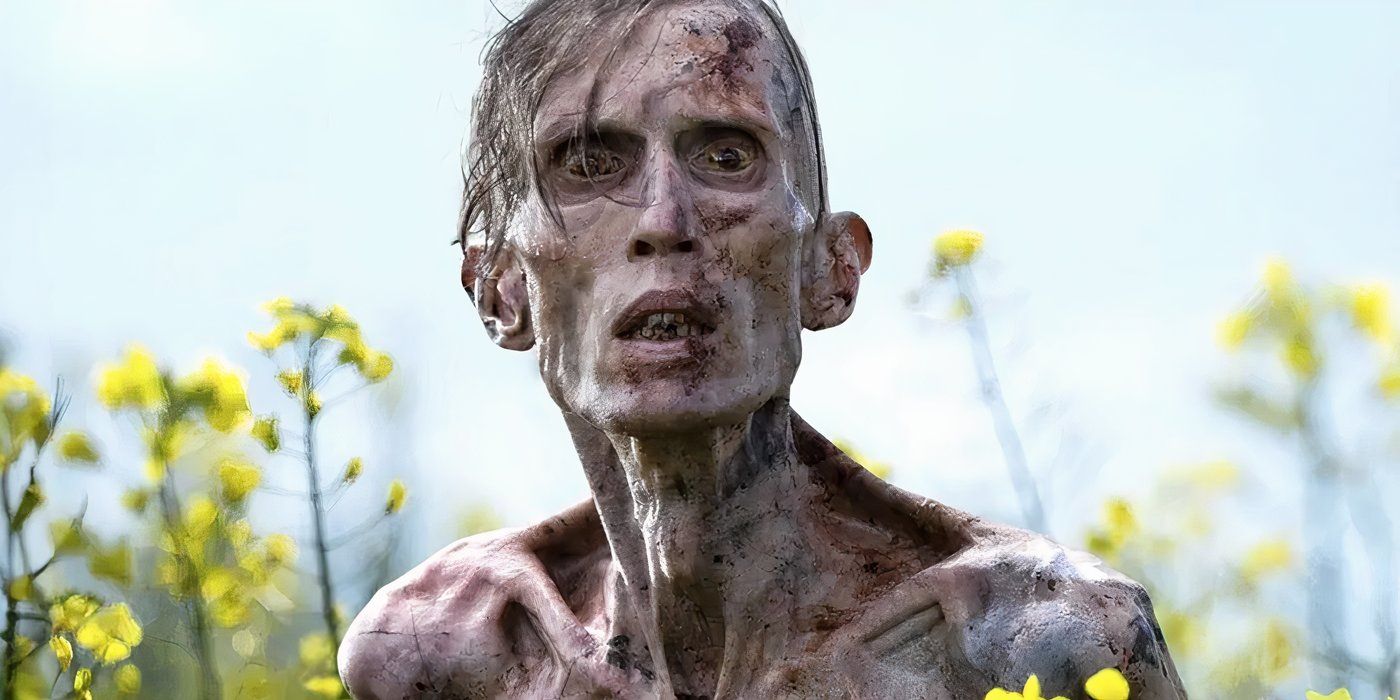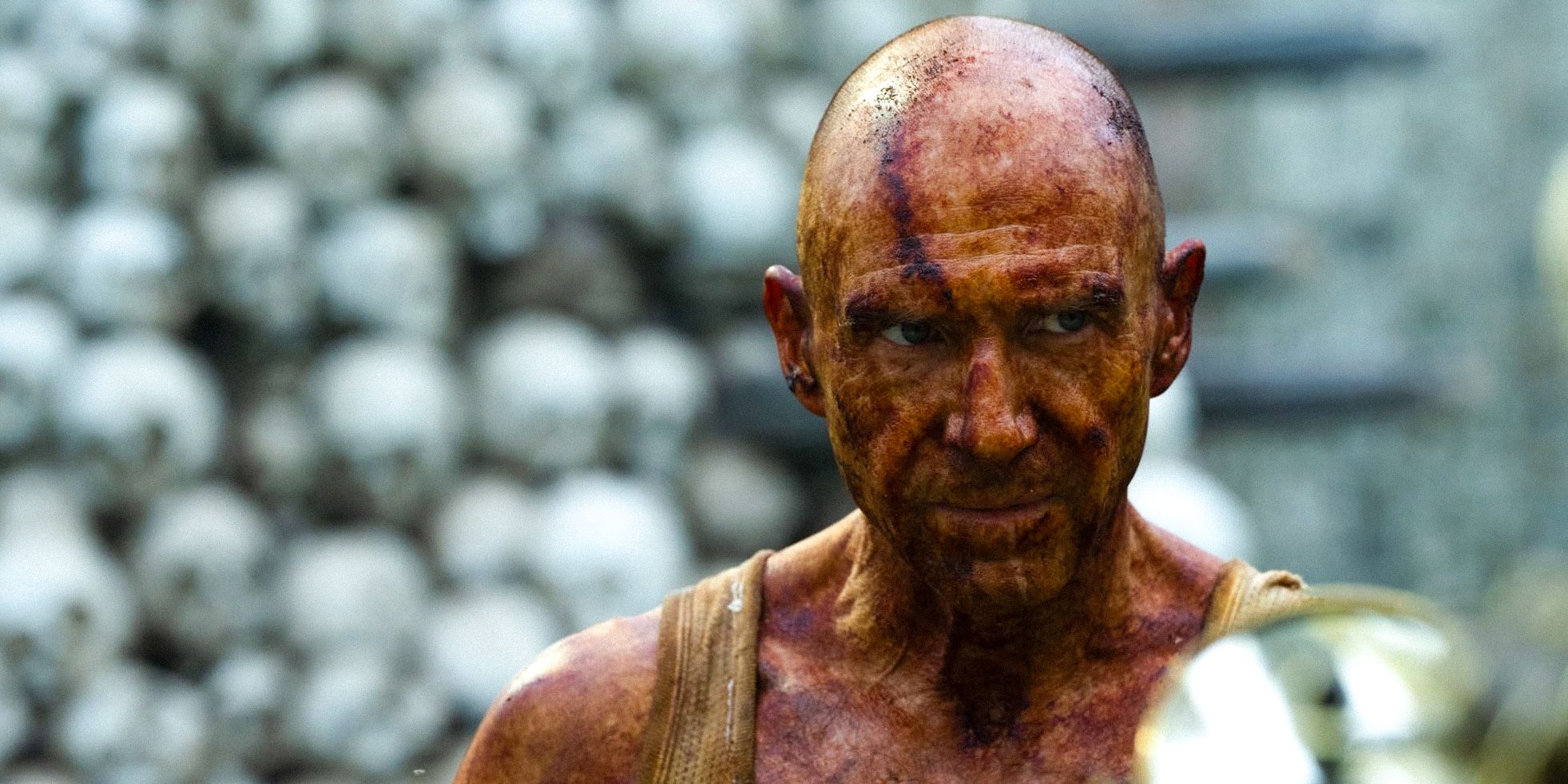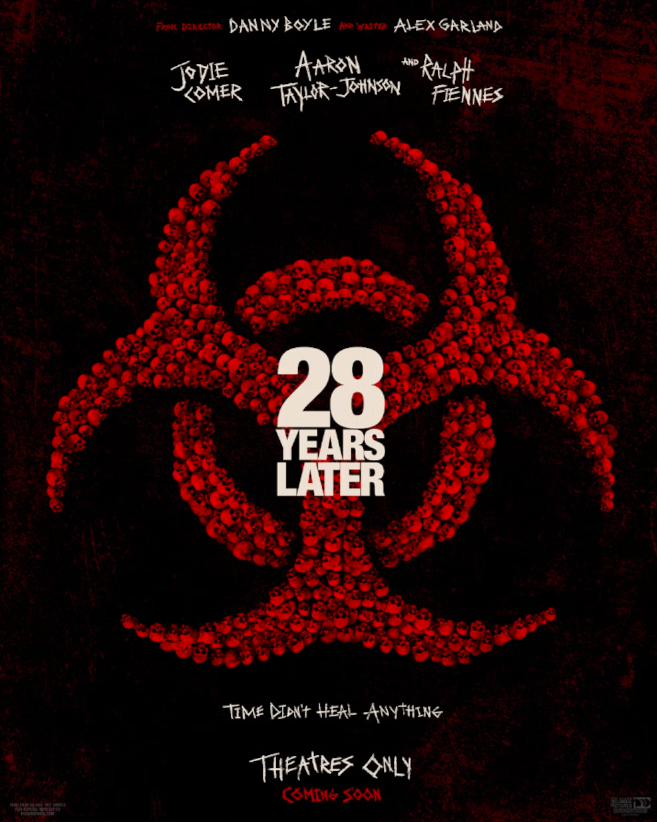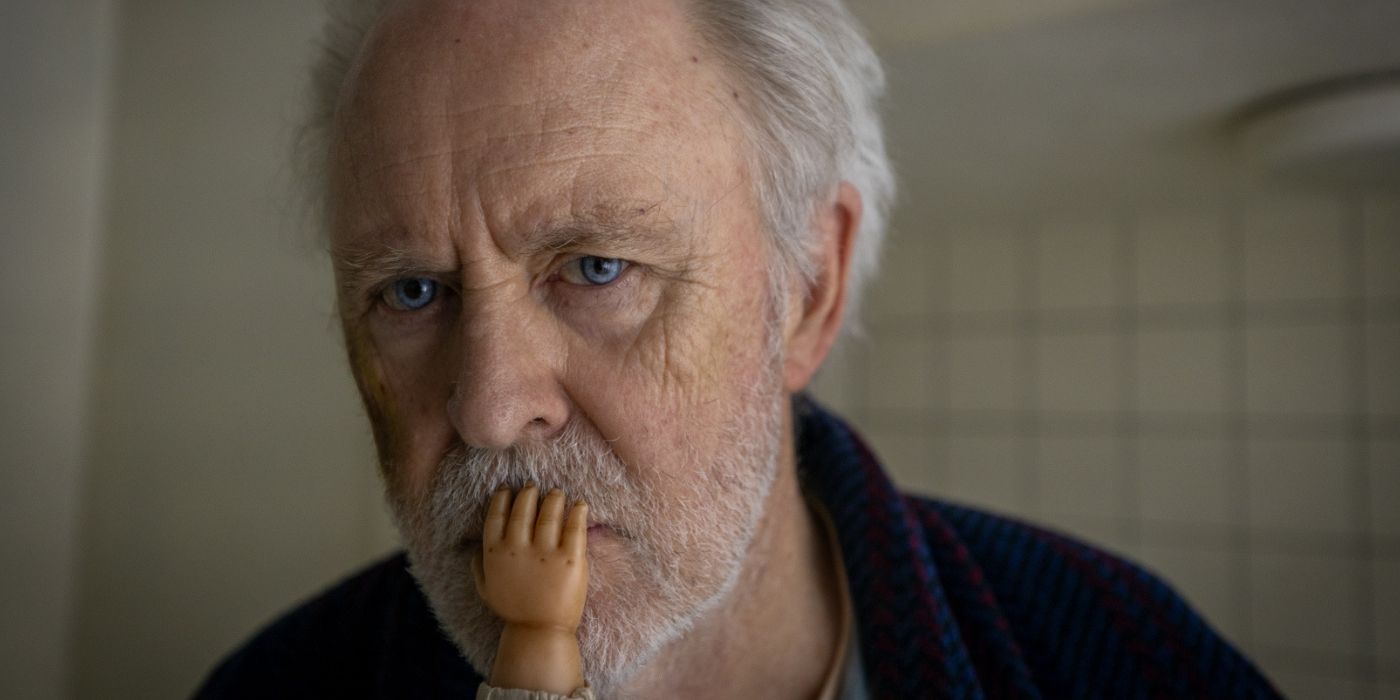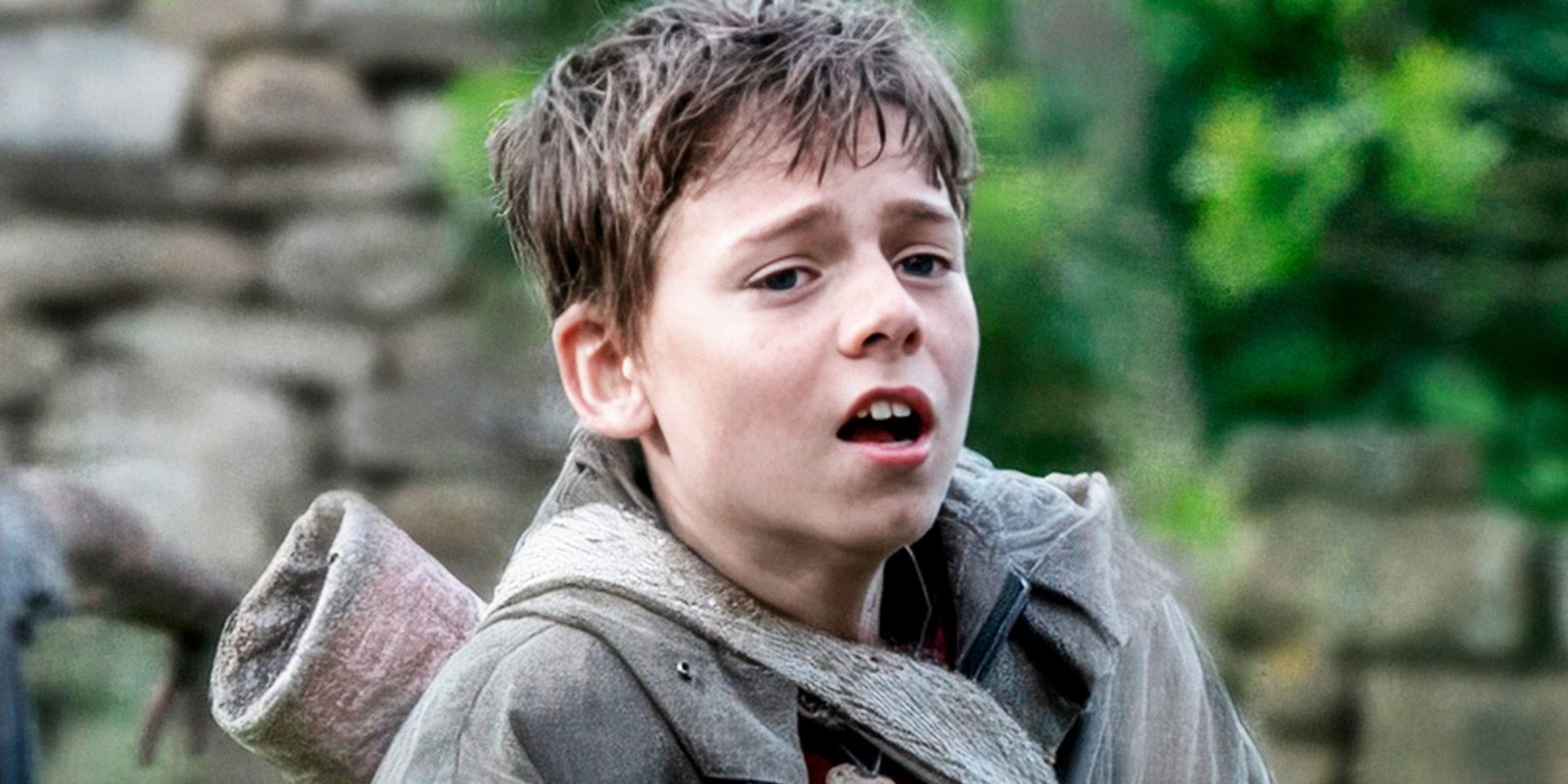Roger’s death in is the emotional apex of the entire film, and it completely embodies the fear of becoming “one of them.” It should be clarified that George A. Romero’s 1979 classic zombie film is not technically a virus or outbreak film, but it set up the framework upon which every pandemic film after it is draped, so it bears mentioning here.
Roger (Scott H. Reiniger) is clearly headed not just for death, but for the undead. He spends his last moments pleading with Peter (Ken Foree) not to let him turn into a zombie. He knows that zombies are just people who have transformed, and that there is no escape. The slow, haunting reveal of Roger as he emerges from under his blanket-turned-shroud calls such a sharp spotlight to the paper-thin veil between “us” and “them.” In effect, there is no difference, and is that not bone chilling?
Similarly, the emotional and terror crescendos of so many outbreak films depend on this inescapable randomness and indiscriminate cruelty. In , the scene when Frank (Brendan Gleeson) has a single drop of infected blood come from a crow’s beak and land into his eye completely destroys his found family of surviving travelers and genetic family with daughter, Hannah (Megan Burns). There is nothing that he could have done to prevent this, but it only proves how precious and fragile life is, in their world and ours.
Up to now, the series has held this truth close to the surface, always bubbling as a mortal possibility that never recedes. Even if you let down your guard for one second, this world will eat you alive (potentially, literally) and turn you into a Rage-infected killing machine.
Also Read: ‘LOCAL58’ And The Birth of Analog Horror
But in , that’s not really shown. Sure, the mainland is scary, and the rage-infected folks are still out there acting on every violent and teeth-gnashing impulse that comes across their empty minds. But we don’t see it. We never see a loved one attacked, or even an annoying neighbor, lost to the Rage virus. The worst we see is a couple of soldiers who very quickly turn as Swede Erik (Edvin Ryding) and his platoon emerge from their safe space. But their transformation is fleeting, unemotional, and not revisited.
is unconcerned with showing us what that transition to infected looks like and the personal consequences of losing someone on the survivors. Even though that has been the most powerful element to generate deep emotions and pain in this series and most other infection films for the past 45 years, this film does not use that at all.
On top of that whopping omission, also does all it can to make sure that the infected no longer look human.
After nearly three decades of the Rage virus decimating the entire British Isles, I was certainly curious what the infected would look like today. We see in the sweeping helicopter shot at the end of that the starving infected look gaunt and skeletal, which is, truthfully, pretty cool. But rather than have any version of an interesting take on what these aged disease inhabitants look like now, we just see them split into two assigned groups: fat and fast.
Also Read: ‘The Covenant’ is Really Hot Queer-Coded Horror
The first present-day infected we see are the fat ones, and that’s basically all there is to them. They are pudgy, crawling slowly across the ground, slowly eating whatever grubs or fleshy morsels they can find. They are bald, naked, swollen, and look more like overgrown babies than threats to humanity. Spike (Alfie Williams) and his father, Jamie (Aaron Taylor-Johnson), merely use them as target practice.
The fast ones are, well, fast. They, too, are naked, though slim, long-haired, and upright. When they hear of any living human in their vicinity, they sprint as a herd toward that noise in hopes of getting to rage upon that next victim. When characters need to run from these speedy infected, the connection to humanity and our own mortality is never drawn. Now I’d try to outrun just about anything that chases me, but here it might as well be a werewolf or ax-wielding camp counselor. The film never engages with why we should fear them beyond the fact that they want to kill them.
Also Read: You Probably Haven’t Seen This Sensational, Terrifying Zombie Movie, Streaming Now on Netflix
Putting aside the fact that these infected would never have had enough flesh to eat to stay animated, let alone get fat, the extreme physicality of these infected factions even further removes them from any mechanism to enforce the notion that they used to be us. These beings had families, tax deadlines, and an annoying pebble in their shoe at some point. But they no longer look human, and they no longer act like a creature that was once a fully formed human. There is a complete severing between the infected and their humanity, and the film suffers because of it.
Without the fear of our own lives and the fear of becoming “one of them,” paints itself into the corner of being a mostly solid monster movie. The nuance and thematic sensitivity introduced by the previous two films have evaporated. Now, we are just left with the unexamined presentation that infected are bad, and there is no reason to have any conversation beyond that. It is disappointing and frankly boring, from a filmmaking duo who we have seen do much better.
Categorized:Editorials








